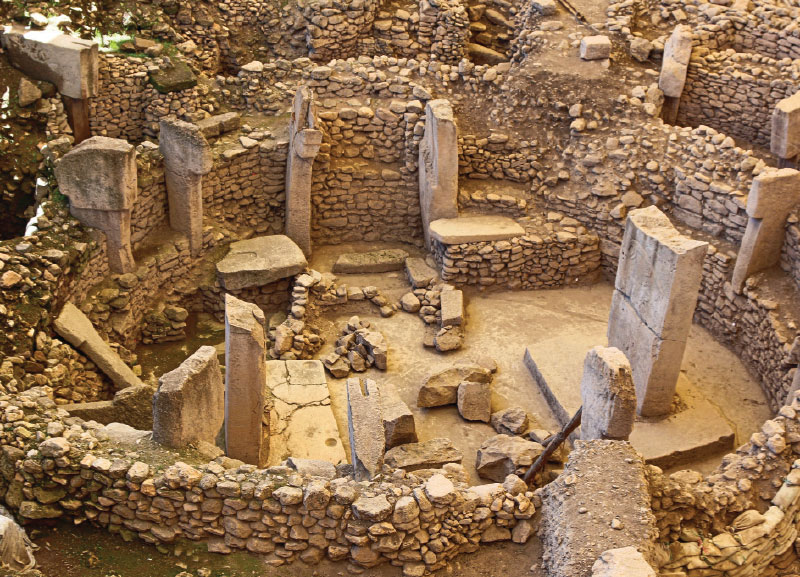

Archaeologists have found the oldest calendar on Earth etched into a 13,000-year-old stone pillar at Göbekli Tepe in Turkey.

Archaeologists have found the oldest calendar on Earth etched into a 13,000-year-old stone pillar at Göbekli Tepe in Turkey. This ancient pillar features 365 markings shaped like the letter ‘V’, which archaeologists believe denote each day. Archaeologists found that the calendar has 12 lunar months with 11 more days, showing early humans’ profound comprehension of lunar and solar cycles. Additionally, the pillar possesses a carving of a creature similar to a bird, which archaeologists believe could be a portrayal of the summer solstice constellation. The ancient archaeological site of Göbekli Tepe will enhance archaeologists’ understanding of the timekeeping techniques used by early humans and how they kept track of celestial phenomena.
Watch this video to learn about the archaeological site of Göbekli Tepe





